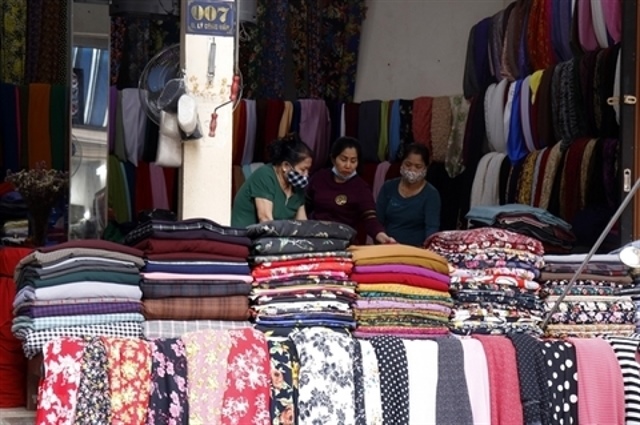Bad debt restructuring moves slowly because sellers demand high prices
Bad debt restructuring moves slowly because sellers demand high prices
The State has been urged to put a hard pressure on enterprises, forcing them to speed up the debt settlement. However, at first, it needs to perfect the legal framework on the debt assessment.

Banks don’t want to sell debts
“A friend of mine, a businessman, has revealed that the bad debt of his bank has been higher than the bank’s chartered capital. However, when discussing the debt sale, he said he would only sell the debts if the buyer accepts to pay 100 percent of the value of the debts”.
This is the story related by Pham Manh Thuong, Deputy General Director of the Debt and Asset Trading Corporation DATC, an arm of the Ministry of Finance.
Valuating debts and fixing the prices of debts proves to be the biggest problem that hinders the debt trading now.
“Some banks demand 100 percent of the value of the debts, others demand 80 percent. The overly high requirements have kept DATC away,” Thuong explained.
In most cases, DATC only accepts to pay 30 percent of the face value of the debts, which means that DATC would enjoy the discount of the other 70 percent of the value of the debts once they are successfully settled.
Meanwhile, the 30 percent level proves to be lower than the level expected by most commercial banks, which are taking on bad debts.
While commercial banks complain that DATC pays too low for the debts, DATC argues that even with the low buy prices, it still cannot make high profits.
By August 31, 2012, DATC had bought the debts of 74 enterprises which were under the restructuring process. The book value of the debts was 6520 billion dong. The prime cost for the debts was 1647 billion dong, or the average debt purchase ratio of 25.6 percent. Meanwhile, to date, only 1536 billion dong has been recovered, which means the low recovery ratio of 93.23 percent.
Thuong has admitted that commercial banks do not want to sell debts to DATC. In general, DATC has to make payment in cash. Meanwhile, banks, when selling debts at low prices and receive cash, would see a big loss item on books, which would “spoil” their capital adequacy ratio.
Banks are not forced to sell debts
According to Thuong, there are some 20 operational asset management companies (AMC) belonging to commercial banks, but the companies just have the functions of recovering debts by liquidating mortgaged assets.
The current laws stipulate that banks have to make provisions against the bad debts. However, in fact, banks do not bear the pressure of having to settle bad debts quickly to make their financial situation healthier.
Analysts believe that the Ministry of Finance and the State Bank of Vietnam should set up a regulation that forces all credit institutions which have bad debts exceeding the safely line and cannot settle debts themselves, must sell the debts or transfer the debts to DATC. If not, banks would bear some limitations in their operation until the debts can be settled.
Nguyen Thi Mui from Vietinbank, said AMCs have more favorable conditions to deal with the bad debts, because they better understand both the creditors and debtors. However, Mui thinks that it is necessary to set up a mechanism allowing to monitor the debt settlement process in a transparent way. If not, it may happen that the books show “beautiful figures,” while in fact, the bad debts still exist.
Meanwhile, experts have doubts about the debt settlement feasibility of DATC. To date, DATC has just dealt with 8 trillion dong worth of debts, a very small figure if compared with the current bad debt worth 200 trillion dong.
vietnamnet


























